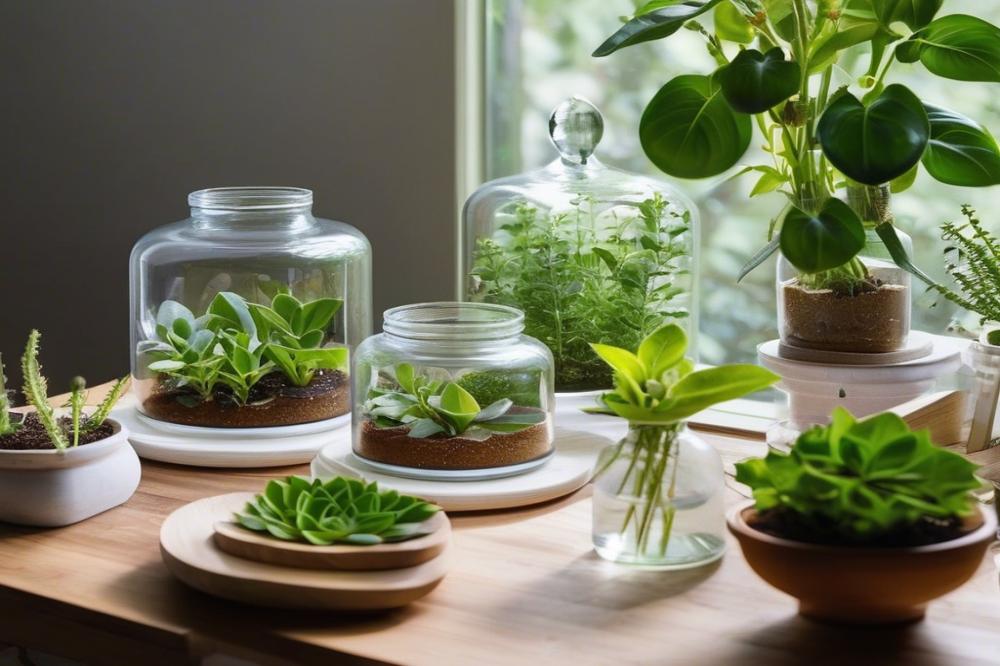Introduction
plant propagation is a fascinating process. It involves creating new plants from existing ones. This practice is essential for anyone interested in horticulture and gardening. People who propagate plants often enjoy growing their collection or sharing them with friends and family. Understanding different propagation methods can enhance one’s gardening experience.
cuttings, which are small sections taken from existing plants, play a significant role in this process. Using cuttings is beneficial because it is often simpler and more reliable than starting from seeds. This method typically leads to faster results. New plants grown from cuttings share the same genetic material as the parent, ensuring that the new plant maintains the same traits.
There are many advantages to propagating plants from cuttings. First, this method allows for greater control over plant care. With cuttings, you can select the best specimens to take from, ensuring favorable growth characteristics. Additionally, propagating allows you to save money. Instead of purchasing new houseplants, you can create them from cuttings of plants you already own. This not only reduces expenses but also encourages creativity in your gardening.
Furthermore, the process of rooting cuttings can be a rewarding experience. It teaches patience and attention to detail, as you observe how each cutting develops in soil or water. The tools needed for propagation are usually accessible, making it easier for beginners to start. Overall, propagating plants from cuttings holds a timeless appeal for gardeners seeking to expand their botanical horizons.
Understanding plant propagation
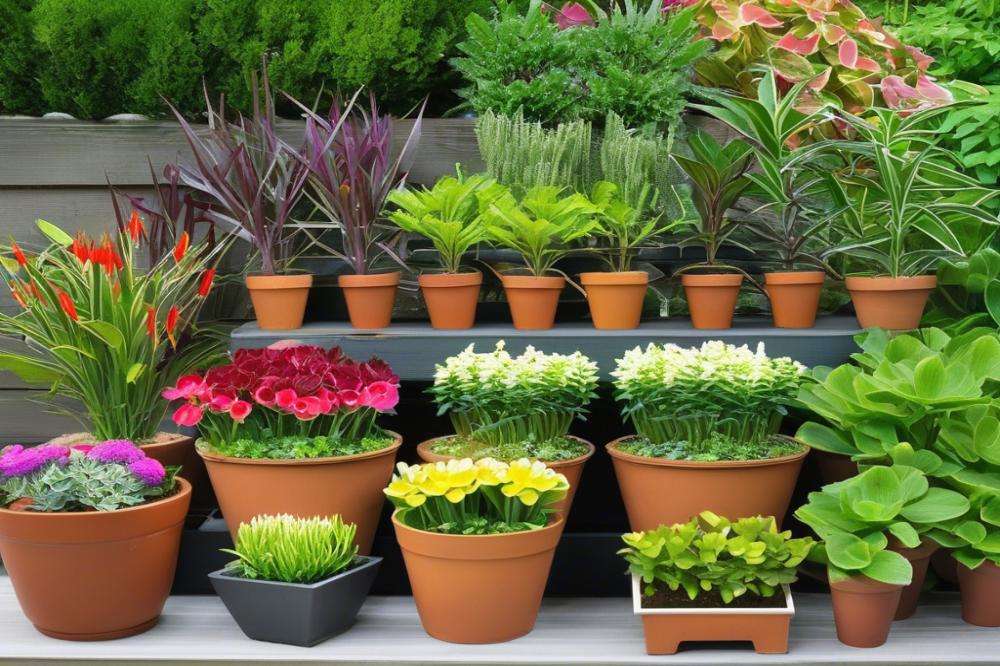

Plant propagation is the process of creating new plants from existing ones. This can happen in many ways. One popular method involves taking cuttings from a parent plant and encouraging them to grow roots. Such techniques are essential in gardening and horticulture, enabling enthusiasts to expand their plant collections.
Various propagation methods exist, each with its own benefits. Besides cuttings, seeds, division, and layering are commonly used. For instance, seeds offer the chance for genetic diversity. However, they can take longer to germinate. Division allows certain plants to grow more vigorously by separating their roots. In contrast, layering requires branches to touch the soil and form new roots while still attached to the parent. Each method has its own particular needs in terms of tools, soil, and water.
In horticulture, cuttings hold a significant place. They allow gardeners to replicate their favorite plants easily. This technique is particularly useful for houseplants, where people desire new varieties of specific types. rooting cuttings typically involves placing them in moist soil or water. Monitoring is key, as undetected moisture levels can lead to rotting. The correct conditions lead to successful plant growth, allowing new roots to form and thrive.
Proper plant care during propagation is crucial. Temperature, humidity, and light play major roles in the success of cuttings. Selecting healthy parent plants also enhances results. Using sharp tools when taking cuttings helps reduce damage, increasing the chance of rooting. With minimal effort and attention, anyone can enjoy the process of growing new plants from cuttings.
Choosing the Right Plants for Cuttings
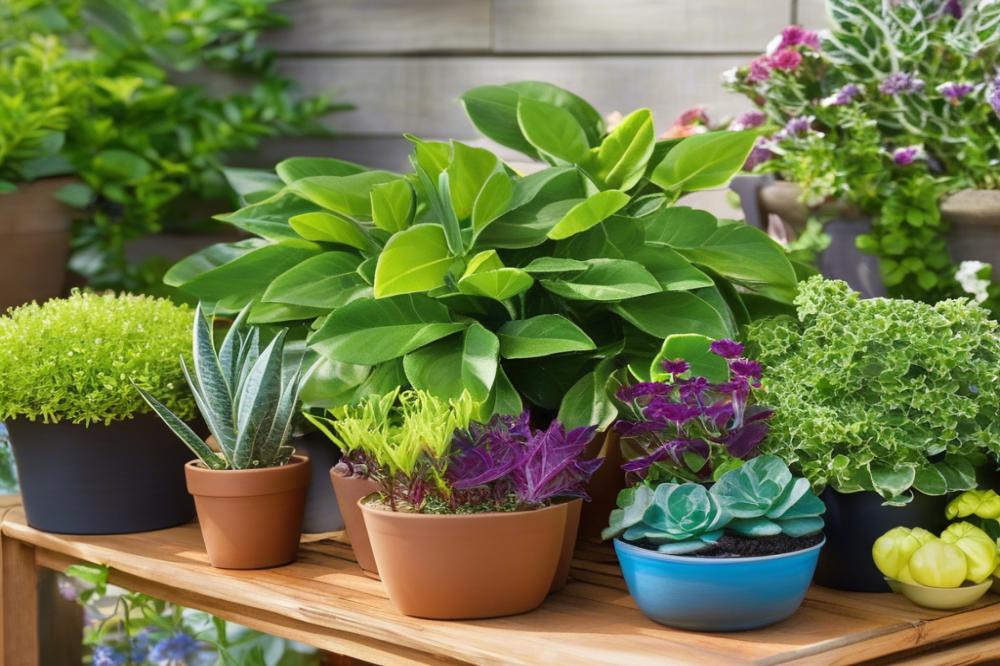

Successful propagation from cuttings starts with selecting the right plants. Not all plants thrive in this method. Some species are known for their ability to develop strong roots from cuttings. These plants are generally more resilient and adaptable.
Best plants for propagation from cuttings
Many popular houseplants can be easily propagated. Pothos, for instance, is a favorite among gardeners. Its vines root quickly in water, making it perfect for beginners. Similarly, spider plants are forgiving and produce numerous baby plants. They offer another simple option for those looking to expand their indoor garden.
Factors to consider: plant health, growth habits, and seasonality
Choosing healthy plants is essential. Check for signs of disease or pests before taking cuttings. Aim for healthy stems with several leaves. Growth habits also matter. Plants that grow vigorously usually respond well to propagation methods. Seasonal changes can play a role too. Spring is often the best time for this process. Most plants are in their active growth phase then, leading to better results.
Examples of common houseplants suitable for cuttings
Many household favorites work well for propagation. The pothos and spider plants mentioned earlier are excellent starters. Others include succulents, which are adaptable to various soil and water conditions. African violets are also popular, though they require more care. Jade plants can be propagated as well, making them a unique and lovely addition to any collection.
Understanding the right tools is important, too. Sharp scissors or a knife will help create clean cuts. This reduces the chance of disease entering the plant. After cutting, place the stems in water or a suitable soil mix. Monitor the cuttings closely during the rooting process. Good plant care during this time is crucial to success. Keeping an eye on moisture levels is vital. Too much or too little water can hinder root development.
Preparing for Propagation
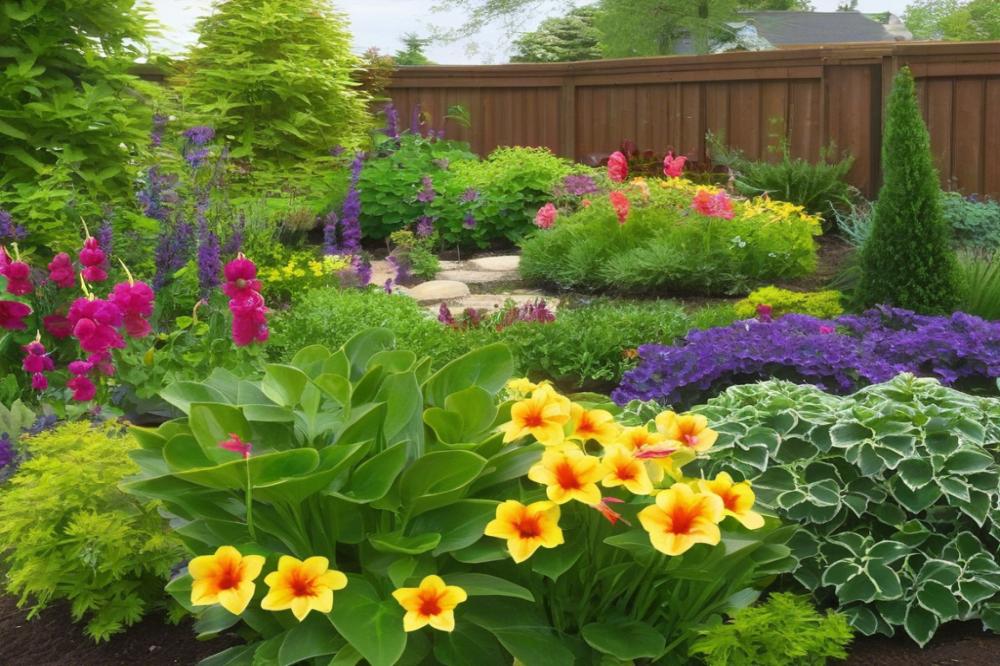

Tools Needed
Before starting, gather your tools. A pair of sharp scissors is essential for making clean cuts on your plant. Choose containers suited for your cuttings; these can be small pots or even jars. Make sure you have potting soil ready. Quality soil helps promote healthy plant growth. Rooting hormones can also be helpful; they stimulate roots to develop faster.
Selecting and Preparing Cuttings
When it comes to selecting cuttings, aim for healthy stems from the parent plant. Look for a stem that is about 4 to 6 inches long. It should include several leaves. Each cutting should have at least two to three leaves to increase its chance of survival. Remove any leaves from the bottom portion that will be submerged in soil. This step prevents rot and promotes stronger roots.
Importance of Cleanliness
Maintaining cleanliness is crucial in plant care. Always clean your scissors before making cuts. This practice keeps disease at bay. Use rubbing alcohol to disinfect the blades. The last thing you want is to introduce harmful pathogens to your cuttings. Clean containers and fresh soil also play a significant role in successful propagation methods.
Remembering Water Needs
Water will be an important factor once your cuttings are placed in the soil. Keep the soil moist, but not waterlogged. Too much moisture can lead to rot, while too little can hinder rooting. Pay attention to the moisture level for the best results.
Rooting Methods
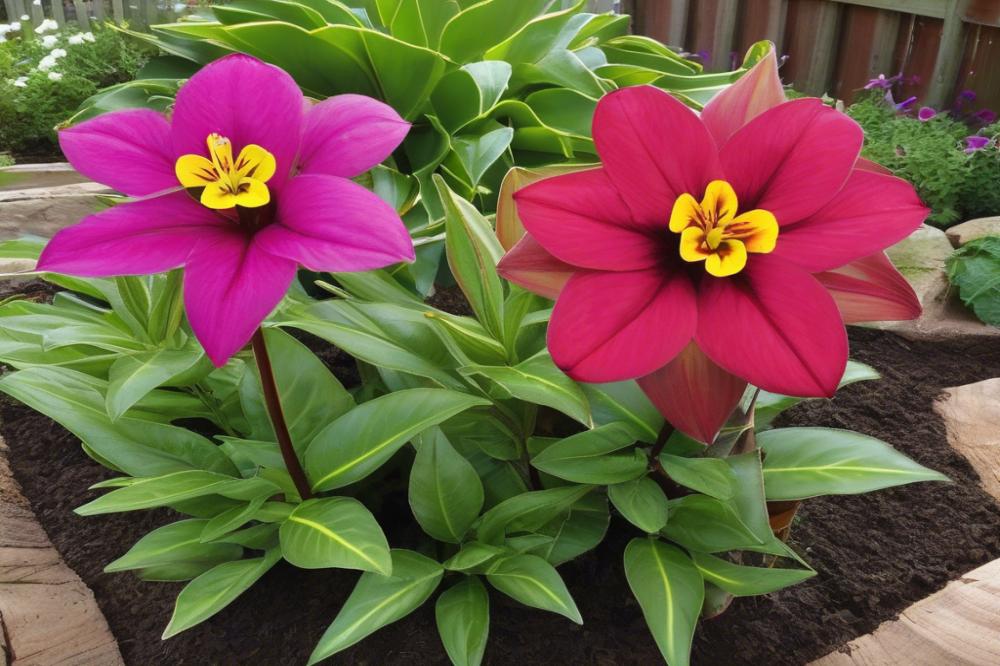

Water Propagation vs. Soil Propagation
Two main propagation methods exist: water and soil. Both have their advantages and challenges. Water propagation is typically easier to monitor. Watching the roots develop is quite satisfying. Many gardeners prefer this method for houseplants. In contrast, soil propagation is more traditional. It often leads to stronger plants. This method helps cuttings adapt to their future environment. Aim for the method that suits your plants and your gardening style.
Setting Up for Water Propagation: Containers and Water Quality
Choosing the right container for water is crucial. Clear glass jars or vases allow for great visibility. They help you observe root development. However, any vessel that holds water will work. Just make sure it can support your cuttings. Water quality also matters immensely. Tap water is fine, but letting it sit for 24 hours can remove chlorine. Distilled or rainwater is even better. Both options are gentle on fresh roots.
Setting Up for Soil Propagation: Soil Mix and Pot Choice
Selecting the appropriate pot is the first step in soil propagation. A small pot with drainage holes is ideal. This feature prevents excess water from sitting around the roots. Using a light soil mix is essential as well. Combine potting soil with perlite or sand for better aeration. This mixture promotes healthy growth while avoiding rot. Repurposing old pots is an option, but make sure they are clean.
Watering and Monitoring Cuttings During the Rooting Process
Pay attention to the moisture level when rooting cuttings. Overwatering can lead to trouble. Keeping the soil slightly moist is best. In contrast, underwatering may cause wilting and slow growth. As for water propagation, change the water every few days. This simple practice keeps it fresh and prevents bacteria from forming. Regularly inspect your cuttings for signs of health. Healthy roots will appear firm and white. Keeping a close eye makes plant care easier and more successful.
Care for Cuttings During Rooting
Creating the right environment is crucial for successful rooting. Humidity plays a key role. High moisture levels help cuttings develop roots more effectively. A location with bright, indirect light will also benefit the process. Too much direct sunlight can be harmful. Houseplants often thrive under filtered light conditions.
Using Plastic Covers or Humidity Domes
Plastic covers or humidity domes can be excellent tools for this stage. These items help trap moisture around your cuttings, mimicking a greenhouse environment. Make sure to open them occasionally to allow for air circulation. This prevents mold growth, a common issue in confined spaces. Fresh air can also help in combating any unwanted pests that might appear.
Monitoring for Pests and Diseases
Regular checks on your cuttings are essential. Examine both the leaves and the soil for any signs of pests or diseases. Look for discoloration or webbing that could signal trouble. A watchful eye can catch issues early, protecting your efforts in horticulture and gardening. If you find any problems, act quickly. Pests can spread, and diseases can weaken the plant growth overall.
Water management is just as important. Over-watering can lead to soggy soil and root rot. Conversely, under-watering might leave them dry and lifeless. Finding that balance is fundamental to plant care. Keep the soil lightly moist but not drenched as your cuttings settle in.
Using the right tools will also make a difference. Sharp scissors are necessary for clean cuts, minimizing damage to plant tissue. Rooting hormone can aid the process, improving the chances of success. Different propagation methods may yield varying results, so don’t hesitate to experiment.
Transplanting Young Plants
Signs that Cuttings are Ready to Transplant
Young plants offer clear signals when they are prepared for transplanting. Look for roots that have begun to grow out of the drainage holes at the bottom of the pot. Healthy cuttings usually show new growth at the top. Additionally, a sturdy stem indicates that the plant has developed enough strength. If roots are white or light tan, they are thriving. Dark roots may signal overwatering. Allowing these indicators to guide you is vital in the cultivation process.
Best Practices for Transplanting Rooted Cuttings
Selecting the right time for transplanting is crucial. Typically, doing this in the early morning or late afternoon is ideal, as overhead light and heat are reduced. Prepare a pot with fresh, well-draining soil to support healthy plant growth. Carefully remove the cutting from its original container, being cautious not to damage the roots. Use your fingers or simple gardening tools for this task. Place the cutting in the new pot at the same depth it was previously growing. Gently fill around the cutting with soil and firm it down lightly. Water immediately after transplanting but avoid soaking the soil. This helps settle the soil around the roots while keeping the plant hydrated.
Ongoing Plant Care for Young Plants
Caring for new houseplants requires attention and patience. Provide adequate light, placing them near a window where they receive indirect sunlight. Regularly check the soil moisture; it should be slightly damp but never soggy. Overwatering can harm delicate roots during the rooting phase. Nutrition also plays an important role. After a few weeks, consider using a diluted fertilizer to support healthy growth. Pay attention to temperature and humidity. Most young plants thrive in environments that mimic their natural habitats. Keep the space ventilated, but protect them from strong drafts. Monitoring these conditions will promote their overall health and development.
Common Challenges and Solutions
When starting cuttings, many people encounter several common challenges. Issues with rooting can arise, leading to problems like rot, lack of growth, or even wilting. If you notice decay at the base of your cutting, it may be in overly wet soil. Consider adjusting your watering habits to find a balance.
Lack of growth can also stem from inadequate light. Ensure your cuttings receive bright, indirect sunlight. If they are placed in a dark corner, they might struggle to establish roots or grow healthy leaves. A small change in lighting can support better plant growth.
Occasionally, cuttings may even wilt despite proper care. This usually signals a need for hydration. Inspect the soil moisture. If it feels dry, supply a bit of water, but remember to avoid overwatering, as that can lead to root rot.
Troubleshooting Tips and Adjustments
To troubleshoot these issues effectively, start by examining your tools. Clean and sharp scissors or pruners help make clean cuts that encourage better rooting. A clean cut reduces the risk of disease, facilitating healthier propagation.
Look closely at the soil type you are using, too. A well-draining potting mix works best. If you find that the soil retains too much moisture, consider switching to a mix designed for cacti or succulents. This could promote better root development.
Humidity plays a crucial role in the survival of your cuttings as well. A humidity dome or plastic bag can create a mini greenhouse effect, maintaining necessary moisture levels. Be cautious and check regularly to prevent excessive condensation, which can lead to mold.
When to Seek Alternatives to Cuttings for Propagation
Sometimes, cuttings may not be the ideal propagation method for certain plants. Some species, especially those that are more difficult to root, may require different approaches. If cuttings repeatedly fail, consider alternative methods such as division or layering. These techniques might work better for stubborn houseplants.
Additionally, explore propagation through seeds. It’s a slower process but can yield healthy, robust plants. Some gardeners find satisfaction in nurturing seeds from start to finish. Always evaluate your situation. If something doesn’t seem to work, trying new ways can be liberating.
Wrapping Up the Journey of Plant Propagation
Plant propagation through cuttings offers several benefits. Cultivating new plants from existing ones is an economical practice. Gardeners often appreciate how easy it can be. Not only does it save money, but it also allows for sharing with friends and family. The joy of giving a new plant as a gift cannot be overstated.
Experimenting with different species can be a delightful adventure. Every plant has its own needs and quirks. You might discover that a specific variety roots faster than others or requires a different care approach. Trying various methods can lead to intriguing results. Each attempt brings new lessons, so don’t hesitate to explore.
Plant care plays a significant role in achieving success. After taking cuttings, pay attention to their needs. Proper lighting, humidity, and watering are essential for fostering growth. These factors will help ensure a healthy start. Watching your new plants thrive can be greatly rewarding.
As you delve deeper into horticulture, remember that patience is key. Not every cutting will take root, and that’s okay. Through this journey, you’ll develop skills and gain knowledge. Embrace the unique aspects of nurturing life from a tiny piece of a plant. Happy propagating!

